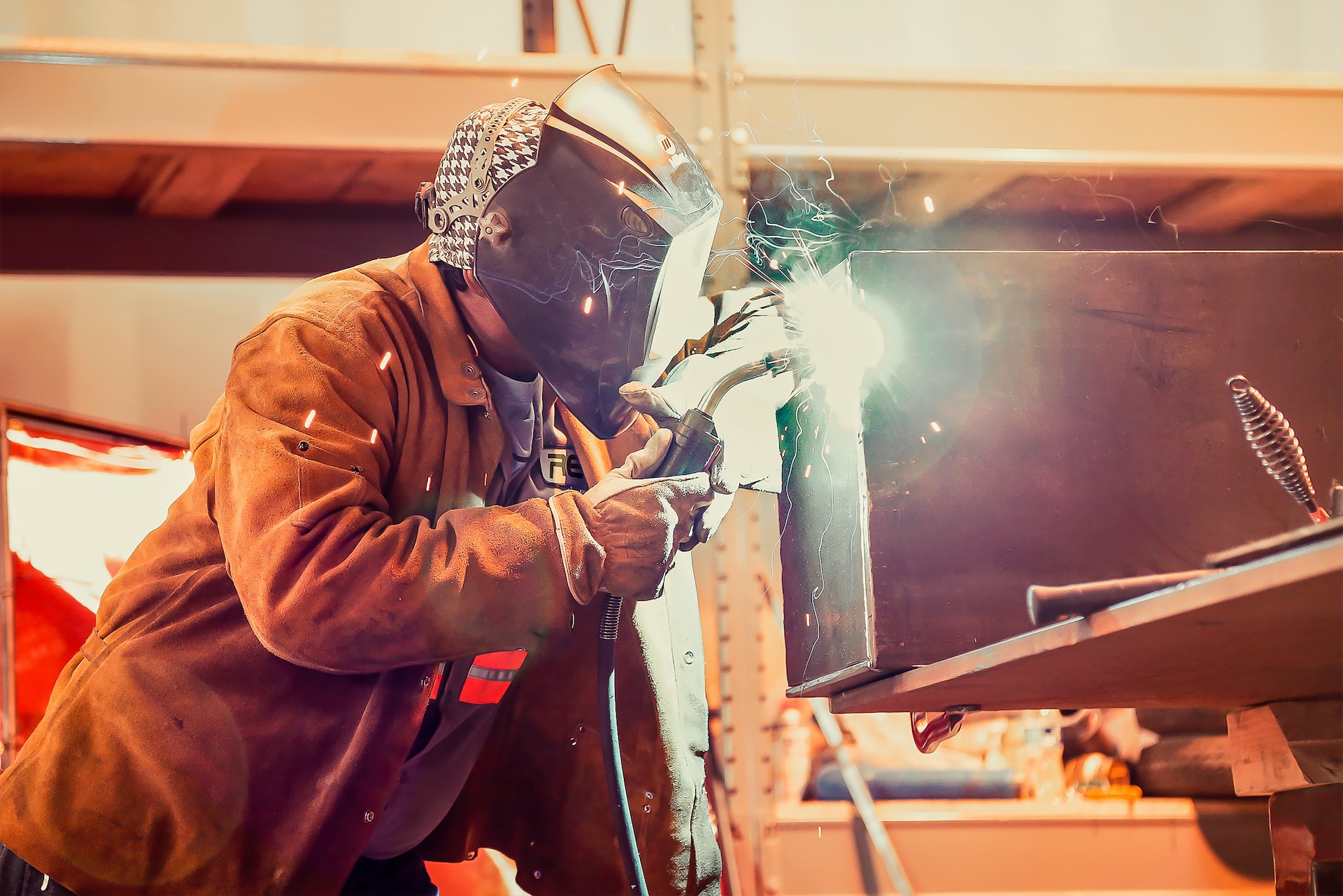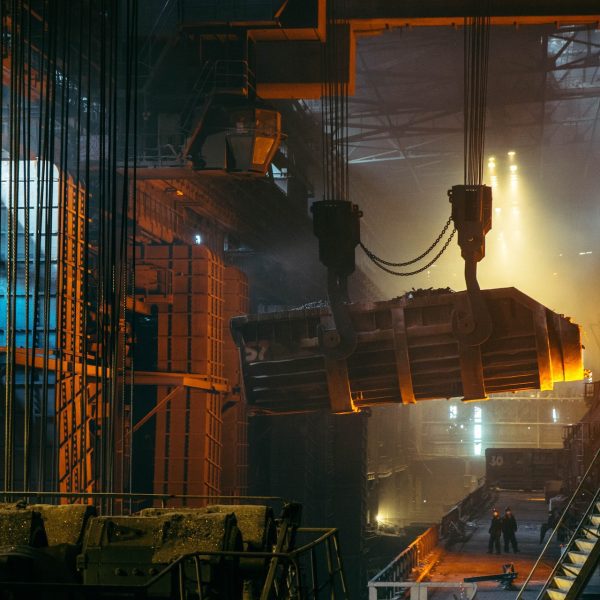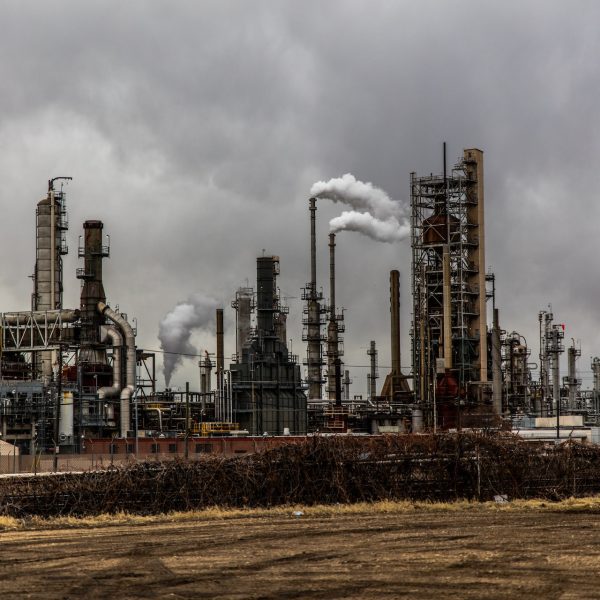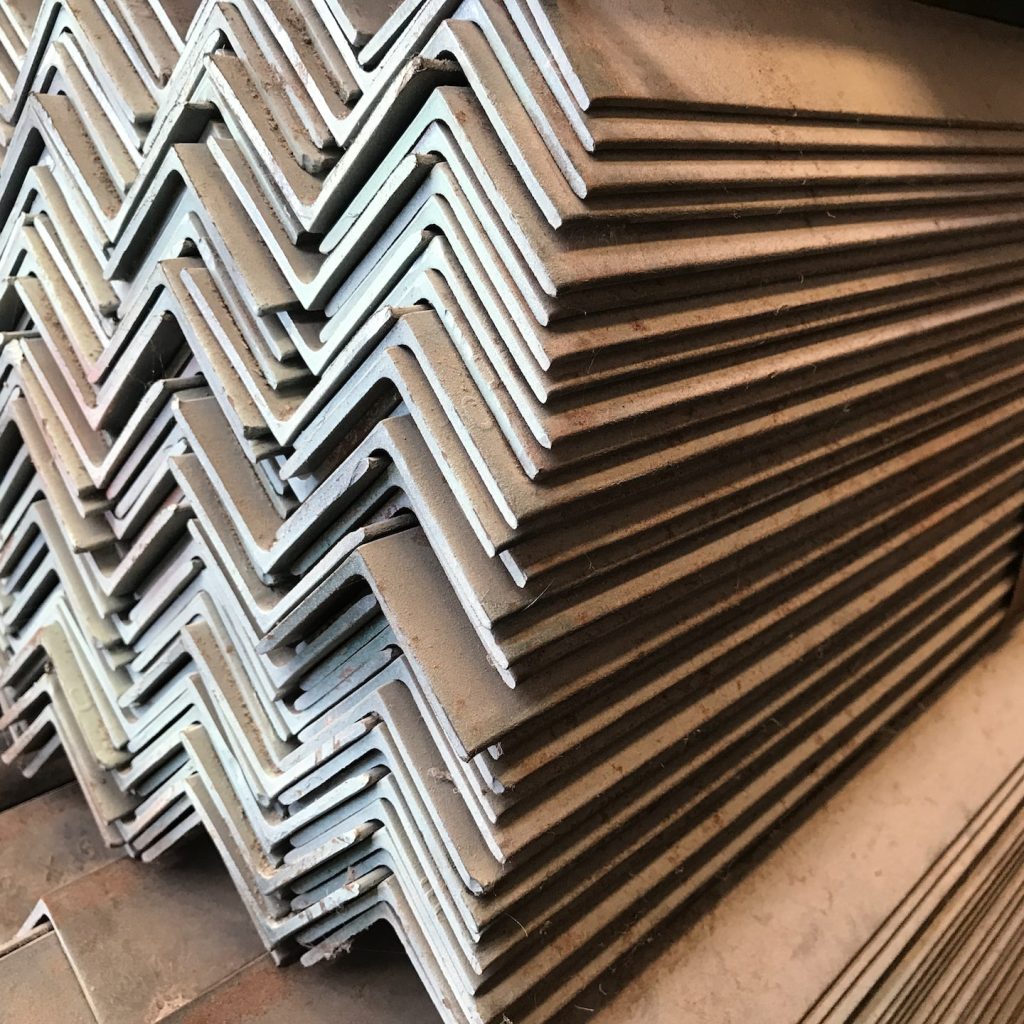
What is Steel Fabrication – An in-depth look
What is Steel Fabrication: Uses, Parts, Benefits, Purpose.
Using raw materials like steel plates, bars, and sheets, steel fabrication has been utilized for ages to build a variety of structures and components. Due to its strength, durability, and adaptability, steel is frequently utilized in a variety of industries, including manufacturing, construction, automotive, and aerospace. Steel fabrication calls for a high level of knowledge and proficiency as well as specific tools and gear. Modern manufacturing and construction sectors depend heavily on steel fabrication as a result of recent technological advancements that have made it more effective and affordable. We shall investigate the meaning, significance of steel fabrication, it’s parts, the raw materials used, and the advantages and benefits it gives in the realm of developing technology in this blog.
What is Steel Fabrication?
Steel fabrication is the process of cutting, shaping, and assembling steel pieces and components to construct structures, machinery, and other goods.
Many techniques, such as cutting, drilling, bending, and welding steel plates and pieces, are used in the manufacture of steel. These tasks can be completed on-site or in the workshop. It has its downsides and restrictions as well. Structures like frames, platforms, ladders, and many more are created as a result of these activities. Also, the structures’ dimensions and shapes would have already been determined.

Different Parts of Steel Fabrication
Steel fabrication entails a number of components that come together to form final steel components or structures. The many components of steel fabrication are listed below, along with what they do:
- Design: Creating comprehensive blueprints and specifications for the end product is part of the design process for steel manufacturing. It entails choosing on the type of steel to be used, the welding or joining procedures to be employed, as well as the size, form, and structure of the steel components.
- Cutting: The cutting stage of steel fabrication entails shaping and slicing the steel pieces to the required dimensions. Many techniques, including as plasma cutting, laser cutting, and water jet cutting, can be used to accomplish this.
- Forming: The forming phase of steel fabrication entails bending, rolling, and punching the steel components to get the desired shape.
- Joining: In the process of fabricating steel, the various steel pieces are joined together using welding, bolting, or riveting methods.
- Finishing: To preserve completed steel components from corrosion and other environmental variables, the finishing phase of steel production entails cleaning, sandblasting, and painting.

Industries where Steel Fabrication is Common
Steel fabrication is a flexible technique that is frequently employed in a variety of industries. The following are some of the sectors where steel fabrication is typical:
- Construction: Buildings, bridges, and other infrastructure projects are all built using steel, making steel fabrication a vital component of the construction sector. Steel is preferred in construction because of its toughness, fire resistance, and longevity.
- Manufacturing: Steel fabrication is used in the manufacturing sector to make components for machinery, equipment, and other items. Steel is utilized in manufacturing because of its durability, strength, and resistance to high temperatures.
- Aerospace: The production of aircraft frames, engines, and other parts involves the usage of steel fabrication. Steel is employed in aircraft because of its durability, strength, and light weight.
- Automotive: Steel fabrication is used in the automotive sector to make components such as engine parts and car frames. Steel is also important in the automobile industry because of its sturdy and resistant properties.
- Energy: Steel fabrication is used in the energy sector to make parts for pipelines, power plants, and other infrastructure projects. Steel is employed in the energy sector because of its longetivity and resistance to hostile environments.
Steel fabrication is adaptable to a variety of industries and applications due to its versatility. Steel fabrication is anticipated to grow even more prevalent and complex as technology develops, playing a crucial part in the creation of new products and infrastructure projects.

What are the Basic Raw Materials Used in Steel Fabrication?
The raw materials used in metal fabrication can change depending on the project’s requirements and its particular application. Yet there are some fundamental raw elements that are frequently employed in the production of metal. Below are some of the most typical:
- Steel: The most widely used metal in metal manufacturing is steel. It is an iron and carbon alloy that is valued for its toughness, adaptability, and durability.
- Aluminum: Aluminum is a lightweight metal that is frequently utilized in the manufacture of metal. It is favored for its resistance to corrosion, high strength-to-weight ratio, and ease of forming and machining.
- Copper: Due to its exceptional thermal and electrical conductivity, copper is a versatile metal utilized in metal manufacturing. It has a unique hue and appearance and is also resistant to corrosion.
- Brass: Because of its appealing look, outstanding machinability, and resistance to corrosion, brass, a copper and zinc alloy, is frequently used in metal manufacturing.
- Stainless steel: Stainless steel is a form of steel that contains chromium, which gives it a high level of corrosion resistance. It is frequently employed in the manufacture of metal for applications requiring power, sturdiness, and corrosion resistance.
In addition to these metals, metal fabrication can also use additional materials like polymers, composites, and ceramics. The choice of raw materials is based on the project’s needs, such as strength, longevity, corrosion resistance, and aesthetic appeal. The quality, price, and performance of the finished product can all be significantly impacted by the raw material choices made during the metal manufacturing process.

Advantages of Steel Fabrication
Steel fabrication is a common choice across many industries since it provides a number of advantages. The following are a few of the main advantages of steel fabrication:
- Strength and durability: Steel is among the toughest and most long-lasting materials on the market. It is perfect for use in manufacturing, construction, and other sectors where strength and durability are crucial. It can handle tremendous stress and strain.
- Versatility: From straightforward brackets to intricate building frames, steel fabrication may be used to manufacture a broad variety of structures and components. Due to its adaptability, it is a popular choice across numerous industries.
- Precision and accuracy: The cutting, shape, and molding of steel components is made possible by processes used in steel manufacturing, such as laser cutting and CNC machining. Its accuracy makes sure that the final product complies with all requirements and tolerances.
- Cost-effective: For industrial and construction projects, steel fabrication is frequently a good choice. The fabrication process can be streamlined using computer-aided design (CAD) and other cutting-edge technologies, lowering labor costs and minimizing waste.
- Sustainability: Steel is a highly recyclable material, and by using recycled steel in the fabrication process, manufacturing and construction projects can have a substantially less negative impact on the environment.
- Resistance to corrosion: Steel is a great option for applications where exposure to the environment or strong chemicals is a concern since it can be coated to withstand corrosion.
- Safety: Steel buildings and parts offer greater resistance to fire and other risks, making them a safer option for industrial and construction operations.
Steel fabrication is a versatile and well-liked option across many industries, from building to manufacturing and beyond, thanks to these advantages. The advantages of steel fabrication are likely to become even more apparent as technology develops, making it a crucial component of contemporary industry and building.

What is the Ultimate Purpose of Steel Fabrication?
With all that is said concerning steel fabrication, we might be asking ourselves. What is the sole purpose of steel fabrication?
The ultimate purpose of steel fabrication is to produce sturdy, useful steel components and structures that satisfy the project’s unique requirements. Following are a few real-world illustrations of steel fabrication’s ultimate objectives:
- Building construction: Strong, enduring, and secure structures that can endure environmental conditions and satisfy the needs of occupants are the ultimate purpose of steel fabrication in building construction. Beams, columns, and trusses are a few examples of steel building materials.
- Manufacturing of machinery: The creation of accurate, usable components that can carry out their intended functions is the ultimate goal of steel fabrication in the manufacturing of equipment. Gears, shafts, and housings are some examples of steel components used in the manufacture of machinery.
- Manufacturing for the aerospace industry: The ultimate goal of steel fabrication in this industry is to produce lightweight, highly durable components that can resist the harsh conditions of space travel. Engine parts, landing gear, and airplane frames are a few examples of steel parts utilized in aerospace production.
- Automotive manufacturing: Steel fabrication in the automobile industry is ultimately aimed at producing safe, reliable, and powerful vehicles that can satisfy market demand. Car chassis, engine components, and suspension elements are a few examples of steel components utilized in the production of automobiles.
The creation of premium components that satisfy the particular requirements of the project is the ultimate objective of steel fabrication in each of these cases. Using cutting-edge technology, such as computer-aided design (CAD) and computer-aided manufacturing (CAM), makes it possible to fabricate steel parts precisely and accurately, guaranteeing that the final product adheres to all requirements and tolerances. Functional, long-lasting, and dependable structures and components that may be employed in a variety of industries and applications are the final product of steel fabrication.
Conclusion
To sum up, steel fabrication is a critical process that entails the production of premium steel components and structures utilized in a variety of industries and applications. Steel fabrication is a common choice across many industries due to its advantages, such as strength and durability, versatility, accuracy, cost-effectiveness, sustainability, resistance to corrosion, and safety.
The advantages of steel fabrication are likely to become even more apparent as technology develops, making it a crucial component of contemporary industry and building. The creation of premium components that satisfy the project’s specific requirements is the ultimate goal of steel fabrication, whether it be building construction, machinery manufacturing, aerospace manufacturing, automotive manufacturing, or any other application. The finished product consists of structural and component elements that are useful, dependable, and efficient and that contribute to the sustainability, efficiency, and safety of our contemporary world.
